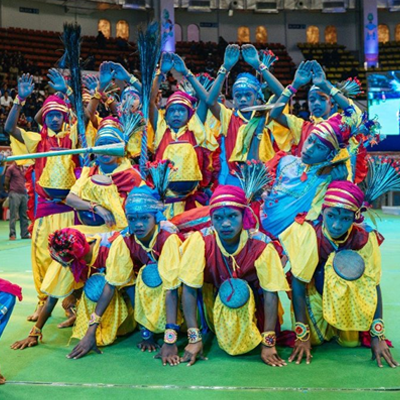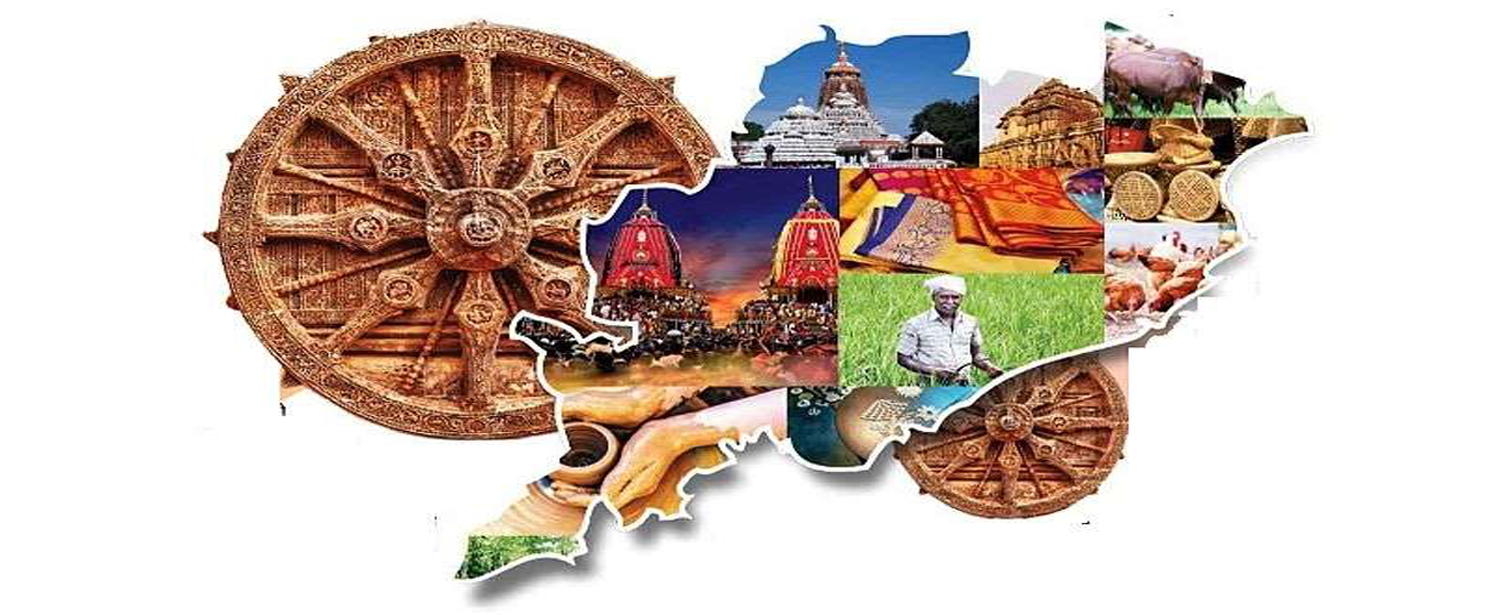
Folk Dance
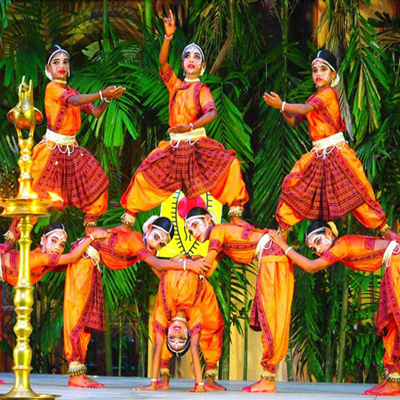
Goti pua In the Odia language, goti signifies single and pua signifies boy. For a considerable length of time, the Gotipua dance has been performed in Odisha by little youngsters who take on the appearance of females to applaud Lord Jagannath and Lord Krishna.
The genuine type of this folk dance is executed by a gathering of young men who perform moves derived from the lives of Radha and Krishna.
The young men begin training at an early age. The young men don’t trim their hair in order to tie it into a large bun for dancing. Laurels of blossoms are woven into the hair. They apply make-up all over with white and red powder combined.
Dalkhai
Dalkhai is one of the most famous folk dances of Western Orissa. In the Odia language, the term Dalkhai signifies woman love. The men yell Dalkhai bo! in the refrain of the song and from this phrase comes the name Dalkhai folk dance.
The subjects on which the folk dance is performed include romantic tales of Radha and Lord Krishna, scenes from the Hindu sagas, Ramayana and Mahabharata and portrayal of nature. This dance can end up being repetitive, as it is performed continuously for around 36 hours at a time! This dance begins on Saptami and finishes with the Dussehra celebration of Durga Puja.
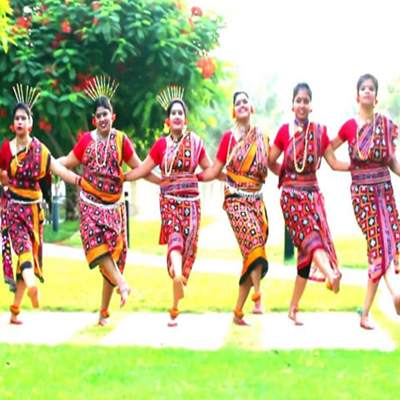
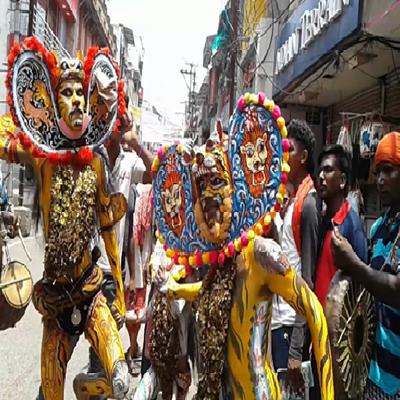
Baagha Naacha
Baagha Naacha is a folk dance enjoyed mainly in Brahmapur. Also called Tiger Dance, this folk dance initially started as a way of pleasing Maa Budhi Thakurani of Mahurigada Jungle.
According to myths, she was very fond of tigers and through this, the villagers could get their wishes fulfilled. It is only performed by male artists by painting their bodies with yellow and black stripes resembling a tiger and they also attach a tail.
Ghumura
Ghumura of Kalahandi is one of the folk dances of Odisha. Initially it wasn’t identified as an independent dance form because of it having many derivatives from common classical dance forms but it has come to create its own identity owing to its origins and unique rules.
The works of art showing the Ghumura in the caverns of the areas of Kalahandi and Nuapada mark its initial presence.
It is accepted that the Ghumura folk dance was first performed in the waterway valley of Indravati and spread to the encompassing regions from that point.
